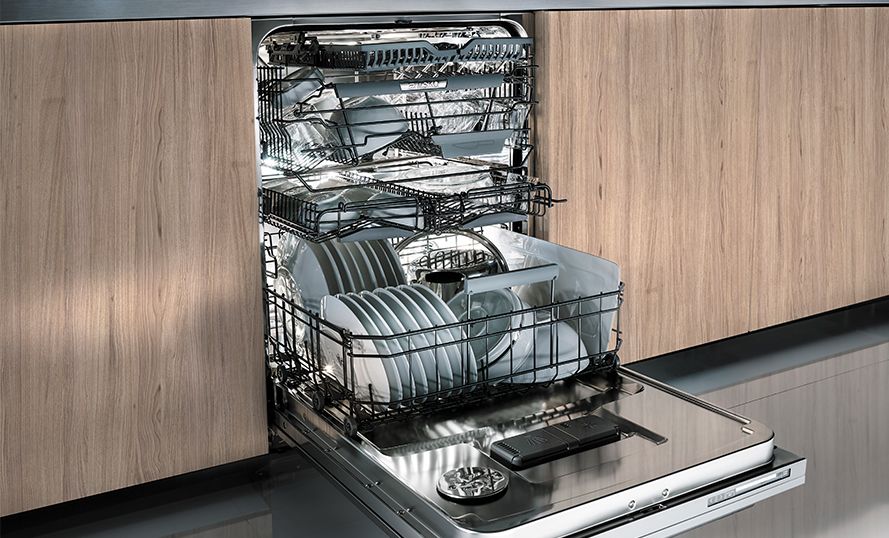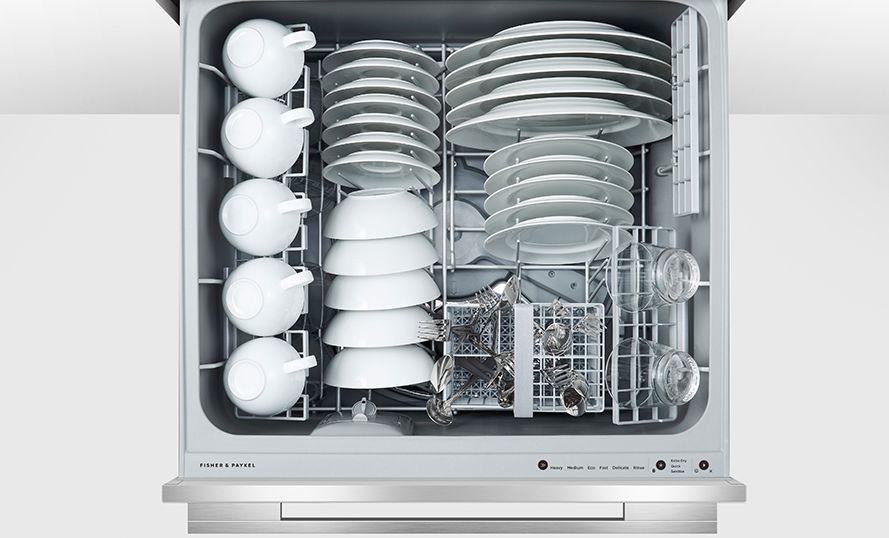Tips on Loading Your Dishwasher for the Best Results

Have you ever run your dishwasher only to find that your dishes were not properly cleaned? Was there excess water and detergent residue left on your cups and glasses? There are a few simple tips you can follow to ensure this doesn’t happen again:
Before loading anything into your dishwasher, scrape off any larger food items from your dishes into the garbage. As a general rule you want to minimise the amount of loose food going into your dishwasher as this will ultimately serve your plumbing better and give you cleaner, better results for longer.
The number one tip for stacking a dishwasher is to ensure there is enough space for water to clean every surface. If you have too many dishes jammed in tightly, your dishwasher will not be able to clean every item properly.
- Place cups, glasses and small bowls in the top rack.
- Plates should face the middle of the dishwasher where the cleaning jets are located.
- Place cups and glasses at an angle so they can drain.
- Place plastics on the top shelf – if on the bottom shelf they risk warping and melting.
- Hand-wash knives and cutting boards – this will maintain the knives’ sharpness for longer and prevent cutting boards from warping.
- Avoid placing non-stick cookware in your dishwasher as this can damage the non-stick coating.
- Place spoons and forks with the handle down and separate the heads, and knives with the handle up. If your dishwasher has a cutlery shelf it is easy to keep the heads separated.
- Avoid over-loading your dishwasher. This allows space for water to circulate.

Learn to use the different wash functions on your dishwasher. Most dishwashers have a range of functions to optimise efficiency. For example, if your detergent of choice works equally well with cold water, you can use a cold wash on your dishwasher for great results while saving on your power bill.
Follow these simple dishwasher stacking tips for brilliant, clean dishes every time!

